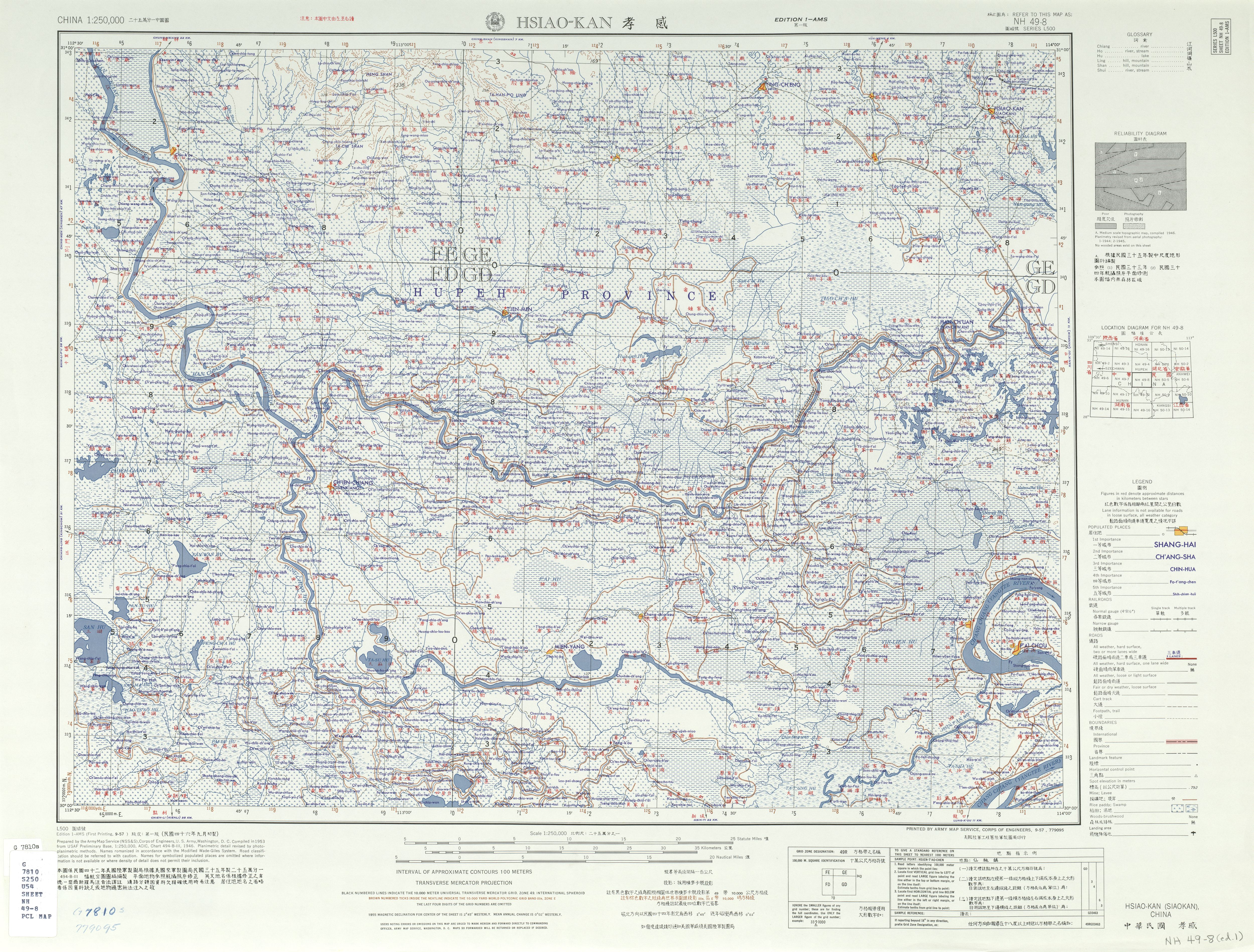|
Yunmeng
Yunmeng County () is a county in eastern Hubei province, People's Republic of China. It is administered by Xiaogan City and is located just outside Xiaogan's urban area. History During the Spring and Autumn period of Chinese history (770-476 BCE), Yunmeng County formed part of the Zhou Dynasty vassal Yun (state), State of Yun, later annexed by the Chu (state), State of Chu whose kings used the area as a hunting ground. After Chu's defeat at the hands of the Qin (state), State of Qin in 223 BCE, Yunmeng became part of Qin territory. Legend suggests that China's first emperor Qin Shi Huang visited the county in 219 BCE. Yunmeng was the location of the Jiangxia Commandery of the Han Dynasty and the cradle of the Chinese Huang (surname), Huang Clan. Administrative divisions Towns:http://cn.bing.com/maps Yunmeng County Yitang Town Zengdian Town Wupu Town Wuluo Town Daoqiao Town Geputan Town Hujindian Town Qingminghe Town *Chengguan, Yunmeng County, Chengguan (), Yitang, Hubei, Yit ... [...More Info...] [...Related Items...] OR: [Wikipedia] [Google] [Baidu] |
Chu (state)
Chu, or Ch'u in Wade–Giles romanization, (, Hanyu Pinyin: Chǔ, Old Chinese: ''*s-r̥aʔ'') was a Zhou dynasty vassal state. Their first ruler was King Wu of Chu in the early 8th century BCE. Chu was located in the south of the Zhou heartland and lasted during the Spring and Autumn period. At the end of the Warring States period it was destroyed by the Qin in 223 BCE during the Qin's wars of unification. Also known as Jing () and Jingchu (), Chu included most of the present-day provinces of Hubei and Hunan, along with parts of Chongqing, Guizhou, Henan, Anhui, Jiangxi, Jiangsu, Zhejiang, and Shanghai. For more than 400 years, the Chu capital Danyang was located at the junction of the Dan and Xi Rivers near present-day Xichuan County, Henan, but later moved to Ying. The house of Chu originally bore the clan name Nai ( OC: /*rneːlʔ/) which was later written as Mi ( OC: /*meʔ/). They also bore the lineage name Yan ( OC: /*qlamʔ/, /*qʰɯːm/) which wou ... [...More Info...] [...Related Items...] OR: [Wikipedia] [Google] [Baidu] |
Xiaogan
Xiaogan () is a prefecture-level city in east-central Hubei province, People's Republic of China, some northwest of the provincial capital of Wuhan. According to the 2020 census, its population totaled 4,270,371, of whom 988,479 lived in the built-up (''or metro'') area of Xiaonan District. The city name Xiaogan, meaning ''Filial Piety Moves Tian'' (), is from the story of Dong Yong (), who sold himself for his father's funeral, in ''The Twenty-four Filial Exemplars''. The Sheshui River originates in Xiaogan's Dawu County. On the third day of the third month of the lunar calendar, many in Wuhan eat 'di cai zhu ji dan' () which is supposed to prevent illness in the coming year. This practice is related to a story involving Shennong in Xiaogan. Administrative divisions Since 2000, Xiaogan has been divided into 1 district, 3 county-level cities and 3 counties: *Xiaonan District () *Yingcheng City () *Anlu City () *Hanchuan City () *Xiaochang County () * Dawu County () *Yunmeng Cou ... [...More Info...] [...Related Items...] OR: [Wikipedia] [Google] [Baidu] |
Jiangxia Commandery
Jiangxia Commandery ( zh, 江夏郡) was a Chinese commandery that existed from Han dynasty to Tang dynasty. Its territories were located in present-day eastern Hubei province. History Jiangxia Commandery was established during the reign of Emperor Wu of Han. In the Western Han dynasty, the commandery consisted of 14 counties: Xiling (西陵), Jingling (竟陵), Xiyang (西陽), Xiang (襄), Zhu (邾), Dai (軑), E (鄂), Anlu (安陸), Shaxian (沙羨), Qichun (蘄春), Meng (鄳), Yundu (雲杜), Xiazhi (下雉) and Zhongwu (鍾武). The total population in 2 AD was 219,218 individuals, in 56,844 households. During the Eastern Han period, Xiang and Zhongwu counties were abolished, while Pingchun (平春) and Nanxinshi (南新市) were added. By 140 AD, the population had grown to 265,464, in 58,434 households. As the Han dynasty fell, Jiangxia was divided between Cao Wei and Eastern Wu. The seat was moved first to Shiyang (石陽, formerly part of Xiling County), and then to ... [...More Info...] [...Related Items...] OR: [Wikipedia] [Google] [Baidu] |
Counties Of The People's Republic Of China
Counties ( zh, t=縣, s=县, hp=Xiàn), formally county-level divisions, are found in the third level of the administrative hierarchy in Provinces and Autonomous regions and the second level in municipalities and Hainan, a level that is known as "county level" and also contains autonomous counties, county-level cities, banners, autonomous banners and City districts. There are 1,355 counties in Mainland China out of a total of 2,851 county-level divisions. The term ''xian'' is sometimes translated as "district" or "prefecture" when put in the context of Chinese history. History ''Xian'' have existed since the Warring States period and were set up nationwide by the Qin Dynasty. The number of counties in China proper gradually increased from dynasty to dynasty. As Qin Shi Huang reorganized the counties after his unification, there were about 1,000. Under the Eastern Han Dynasty, the number of counties increased to above 1,000. About 1400 existed when the Sui dynas ... [...More Info...] [...Related Items...] OR: [Wikipedia] [Google] [Baidu] |


